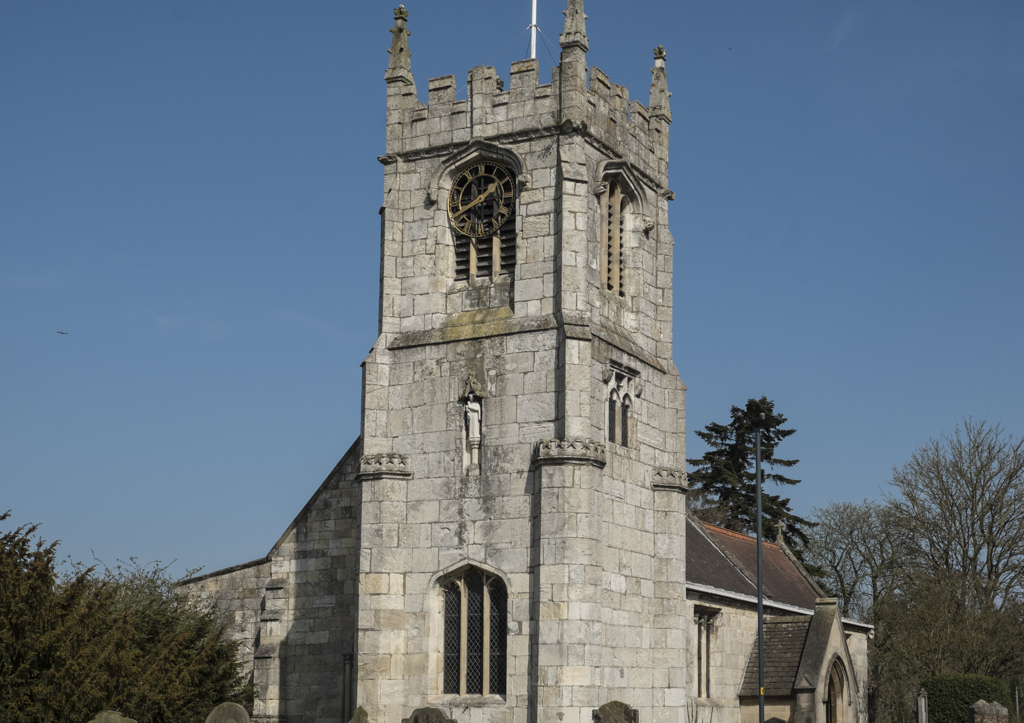Village History
One of the few pre-historic trade routes from Scandinavia to Ireland passed over the ford at Cawood, taking advantage of the glacial moraine to the East and struggling through the water-logged forest to the West. Cawood has been “a place” since 1,000 BC at least. A Bronze Age ring was found in Cawood in the 1890’s which might indicate occupation but may have been lost by a traveller on the trade-route. There is evidence of a Roman house of 3rd/4th century AD at nearby Cawood Park.
For over 700 years Cawood was dominated by “the Castle”, originally the Manor house built around 920 AD. It was later fortified to become a castle. It was given to the See of York in 937 AD as a thank-offering by King Athelstan after a victory over the Danes at Brunanburgh. It became the home of the Archbishops of York.
Every aspect of life in the village was determined by the Castle; the layout of the roads, the siting of the houses, the trades and local prosperity. The Castle became the seasonal base for the court of several kings during the summer campaigns against the Scots.
It was here, in 1466, that the greatest feast in England was held. At his enthronement, Archbishop George Neville held a banquet for 2,000 guests which lasted for 4 days. In the Ferry Inn can be seen a board stating the variety and quantity of food and drink consumed.
Cardinal Wolsey arrived in Cawood to prepare for his enthronement at York but was soon arrested by order of King Henry VIII on a charge of High Treason in 1530. The Castle had been in decline for some time and Wolsey’s grand ideas for its restoration never came to fruition. The Castle had run down further by the time Cromwell’s troops arrived. It was held by Royalists and Parliamentarians at varying times and was used to house prisoners.
Cawood was probably at its most prosperous between the late 1600s and mid 1700s from the evidence of buildings, e.g. Goole Bank, The Grange, Yew Tree House. The quality and preservation of the housing of this period is notable.
The village benefitted from the general improvement in trade throughout the 1800s and had its own railway-line, a landing-stage and even its own gas works. In 1872 the iron swing-bridge was built to replace the ferry.
The Selby coalfield now surrounds us. The richest seams of coal in Britain are only 900 feet below us and the mining work is extensive. However, to prevent flooding, a column of coal is to be left under Cawood and a preservation order helps to protect the village. The Castle Garth is now owned by the Parish and is a protected archaeological site. New houses are being built but it is not expected that the population will increase greatly in the near future from its present total of 1,300.
